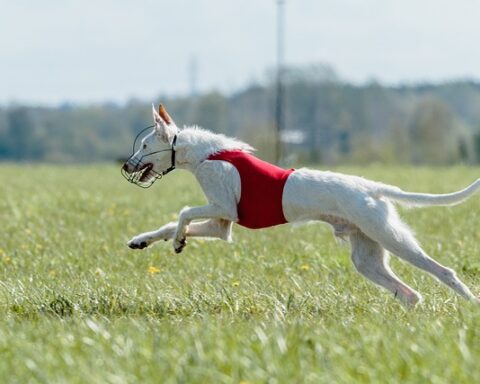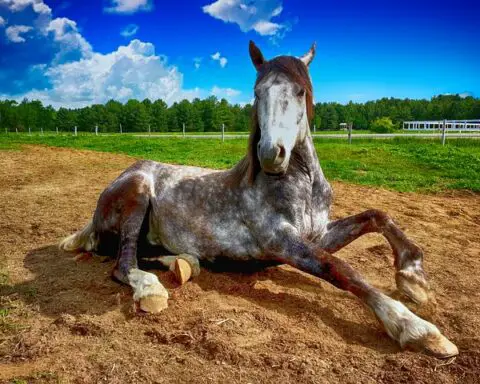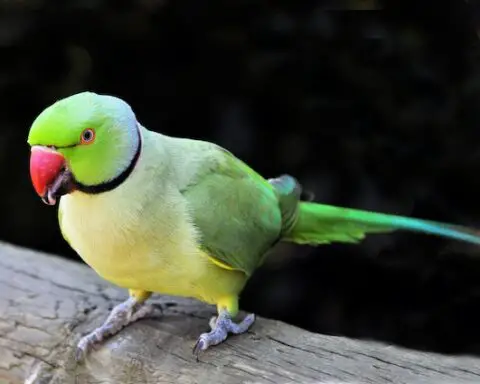Get ready for interesting great blue heron facts. The Great Blue Heron is related to the family of Ardea herodias and it widely exists in the open areas like wetlands across Central America. They also subsist in the Caribbean Islands, North America, and Galapagos Islands. Few of these species exhibit pure white plumages which is why they are called Great White Heron.
Great Blue Heron Facts
These birds arguably considered to be the largest North American heron after Goliath Heron.
The length of great blue heron measures around 97 – 137 cm (38 – 54 in).
These birds have a wingspan of 167 – 201 cm (66 – 79 in).
They can reach up to a height of 115 – 138 cm (45 – 54 in).
These herons weigh around 2.1 – 2.5 kg (4.6 – 5.5 lbs).
They have a grayish long neck, paler head, with almost a white face together with reddish brown thighs.
The yellowish colored bill begins to turn orange at the start of the breeding season.
They primarily exist in salt water.
The great blue herons voice can be irritating and the excessive vocals also show that the breeding season has arrived.
Males are 10% larger as compared to females.
Because of their S-shaped neck it becomes difficult for them to swallow the prey.
Herons like to hunt alone,
These birds usually keep their heads close to the body.
Great Blue Heron Habitat
These types of herons are endemic to North America, Alaska, Caribbean, South America, Rocky Mountains, Central America, South Florida, Southern United States, British Columbia, Quebec, Pacific Coast, and Mexico. They are too rare to exist in Greenland, England and Hawaii. Great blue heron facts lead us to believe that these birds build their nests in marshes, mangroves, swamps, lake water or edges, Coastal lagoons, ditches, estuaries, shorelines, coastal waters, flooded meadows, and flowing streams.

Types of Great Blue Herons
- Great Egret
- Reddish Egret
- Little Blue Heron
- Cocoi Heron
- Grey Heron
Great Blue Heron Diet
These species are opportunistic feeders and they largely feed on fish, crabs, rodents, small mammals, amphibians, small insects, dragonflies, lizards, crabs, snakes, salamanders, crayfish, invertebrates, grasshoppers, other aquatic insects, frogs, reptiles, shrimp, and small birds. These birds use their sight to identify the food and gulp down the whole. They invariably hunt whilst standing in water. Herons also supplement their diet through fields and perching into water. These birds are not reluctant to go through deep water. At the twilight hour, they are found in the deep water’s edge mostly. Herons do not feel any kind of difficulty while picking up the fish from their sharp beak.
Facts about Great Blue Herons Breeding
Following are the great blue heron facts about their breeding:
- Generally, these birds breed in large colonies on wetlands. The groups are known as Heronry.
- There are more than 450 nests in a single colony.
- The females lay 5 – 6 eggs.
- Males are females reiterate food to the chicks. Parents also eat four times of the normal food these days in order to facilitate their young ones.
- The eggs are incubated (keeping warm) for 28 days.
- They turn out to be completely mature after 22 months.
- The breeding months lasts from March to May.
- The average lifespan of great blue herons is 15 – 20 years.
- They make partners for long periods (of at least one year).
- The hatching period lasts for 60 days.
Great Blue Herons Facts about Predators
Some of the predators include hawks, raccoons, turkey vultures, bald eagles, red-tailed hawks, golden eagles, great horned owls, corvids and bears.
Great Blur Herons species
Naturalists have recorded 5 subspecies of these herons.
- Ardea herudias Herodias, 1758
- Ardea herodias fannini, 1901
- Ardea herodias wardi Ridgway, 1882
- Ardea herodias occidentalis Audubon,1835
- Ardea herodias cognata Bangs, 1903
Great Blue Heron Facts Videos





